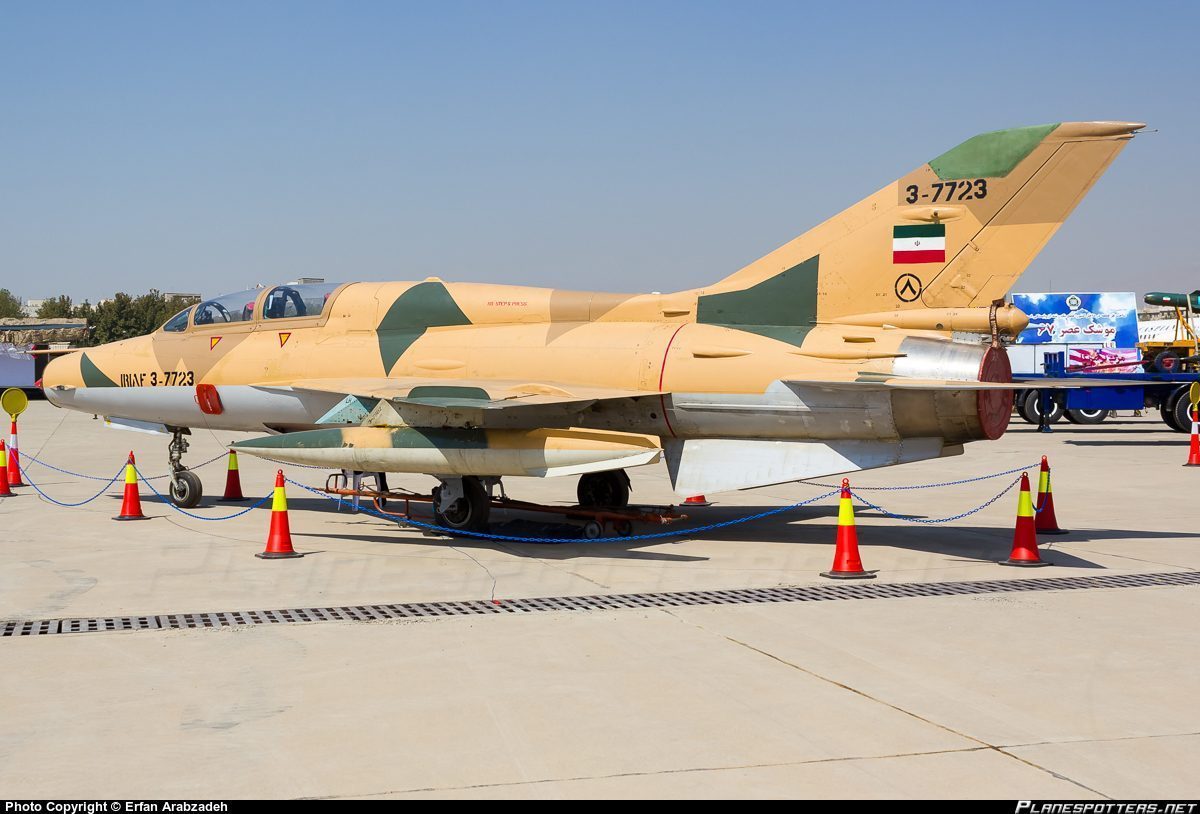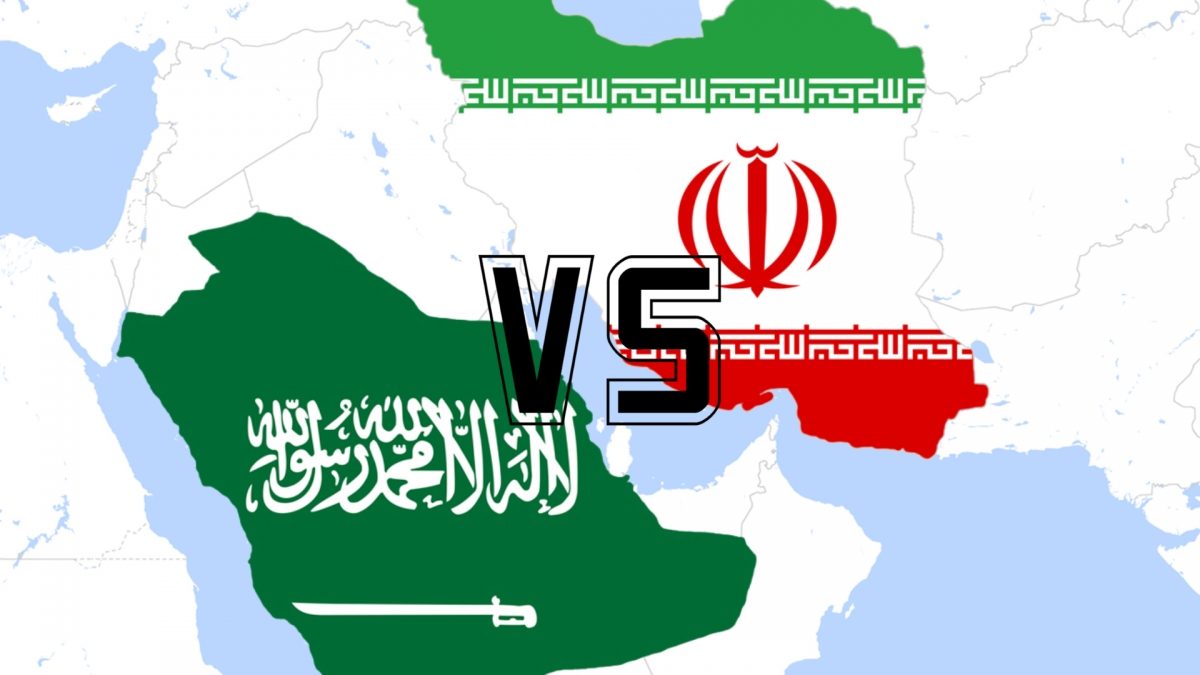
Ayatollah Akbar Hashemi Rafsanjani’s death came in a critical moment for Iran’s reform movement, as he was one of its main backers against the hardliners’ influence.
Rafsanjani, a pragmatist considered Iran’s second most powerful political figure for much of the Islamic Republic’s history, died in hospital in north Tehran on Sunday at the age of 82.
Rafsanjani was a founding member of Iran’s 1979 Islamic revolution, a prominent politician after the revolution, and a close person to the former supreme leader Khomeini
When Khomeini died in 1989, Rafsanjani played an instrumental role in the appointment of Ayatollah Ali Khamenei as the current supreme leader.
He served as president for two consecutive terms from 1989 to 1997.
During his leadership, Iran went through an extraordinary transformation as the country focused on post-war construction and industrial revival.
Rafsanjani headed the Expediency Council, a body which is intended to resolve disputes between the parliament and the Guardian Council. He was also a member of the Assembly of Experts, the clerical body that selects the supreme leader, Iran’s most powerful figure.
Confrontation with Khamenei and the hardliners
Mr. Rafsanjani was president from 1989 to 1997. But after his presidency, political rivals, jealous of his grip on the economy, seized on his support for reformists and labeled him an “aristocrat,” a “capitalist” and a supporter of “American Islam”
His pragmatic policies – economic liberalization, better relations with the West and empowering Iran’s elected bodies – appealed to many Iranians but was despised by hardliners, and that made a rift grow between him and Khamenei.
By 2002, his political stock had fallen so low he could not even muster the votes to win a seat in Parliament.
He lost a presidential election in 2005 to hardline Mahmoud Ahmadinejad, the little-known mayor of Tehran at the time, a defeat that indicated resentment toward Rafsanjani as part of the elite and the perception he served few interests other than his own.
After his election loss, Mr. Rafsanjani was propelled into the role of a critical politician, increasingly at odds with Khamenei over the direction the revolution should take. Where Iran’s supreme leader backed the continuation of a harsh, anti-Western ideological line, Mr. Rafsanjani pleaded for an update of the political system, bringing it on par with Iran’s changing society.
Rafsanjani voiced moderate support for Iran’s Green movement in 2009 while Khamenei stood firm by the then president Mahmoud Ahmadinejad and denied any allegations of vote rigging.
His speech in favor of greater freedom during the enormous 2009 protests that followed a presidential election in which the results were widely seen as fraudulent alienated him from Iran’s conservative clerics and military commanders.
As a result of his confrontation with Khamenei, who has the final word in all state matters in Iran, Rafsanjani’s authority diminished and two of his children were jailed on separate charges. Pro-Khamenei supporters targeted him with a barrage of attacks, often refraining from using his title (ayatollah) in the public press, saying he was no longer loyal to the supreme leader.
Blow to the reformists
His death will deal a blow to moderates, particularly the current president, Hassan Rouhani, of whom he was a major backer.
“The soul of a giant man of revolution, politics, a symbol of patience and strength, has ascended to skies. #Hashemi-Rafsanjani,” Rouhani tweeted in reaction to Rafsanjani’s death.
“Rafsanjani’s death will weaken Rouhani’s government and will also negatively affect the country’s reformist movement,” Sadeq Zibakalam, a prominent Tehran University professor, told the Guardian in a phone call from the Iranian capital.
“Rafsanjani’s political life can be divided in two parts. In the first part, he was part of the establishment and the country’s political system. Until Imam Khomeini’s death, he had an immense power in Iran.
“But after his time as president and particularly in the past two decades, he lost his influence and only had a ceremonial position. That was because he leaned towards democracy and freedom, which were the primary values of the revolution itself. This earned him a great deal of animosity among radical factions who attacked him and insulted him repeatedly until his death.”
The nuclear deal
The most endangered thing by Rafsanjani’s death is the nuclear deal, especially after electing Trump as a president.
“His death couldn’t come at a worse time for the country because there are disputes between the current government and the judiciary and Rafsanjani was seen as a mediator, said a journalist
“He would advise on how to deal with such situations in the country. With the news of his death many people are in absolute shock.”
Iran watchers believe that Rafsanjani persuaded Khamenei to back a historic nuclear deal, reached between Iran and six major powers in 2015.
Under this deal, Tehran agreed to amend its nuclear output in order to lift all nuclear-related economic sanctions, freeing up tens of billions of dollars in oil revenue and frozen assets.
After lifting the sanctions, Iranian president Hassan Rouhani visited Europe and made deals that worth billions of dollars. European companies started looking for investment opportunities in the growing Iranian market.
The nuclear deal was divisive in Iran, with hardliners opposed to better relations with the West arguing that pragmatist President Hassan Rouhani was giving up too much of the country’s nuclear infrastructure for too little relief.
The hardliners in Iran also refused the nuclear deal and the trade ties with the west.
The Iranian Revolutionary Guards and their conservative supporters remained always distrustful of the West, professing no need for foreign companies and emphasizing security and social conservatism over international engagement. They hew to what Supreme Leader Ali Khamenei calls a “resistance economy” of self-reliance.
Indeed, they see such agreements a threat to both their control and profits. The hardliners have always kept the people controlled and oppressed by making the west and Israel as enemies who must be always fought.
In addition, during years of sanctions that kept away many foreign companies, the Islamic Revolutionary Guard Corps stepped into the void, building a network of companies that came to dominate Iranian industries from energy to telecommunications.
What made things worse was electing Donald Trump for the US presidency, and his threats to se fire in the nuclear deal, which gave the hardliners new reasons to attack the west and the agreements with it.
Tehran could turn to the Guards for help with the economy if Western companies decide to stay away from Iran, and their hands will be over everything. They will use this dominance as a tool to finance their intervention in the region, and everything the reformists worked for and Rafsanjani backed will be lost.



